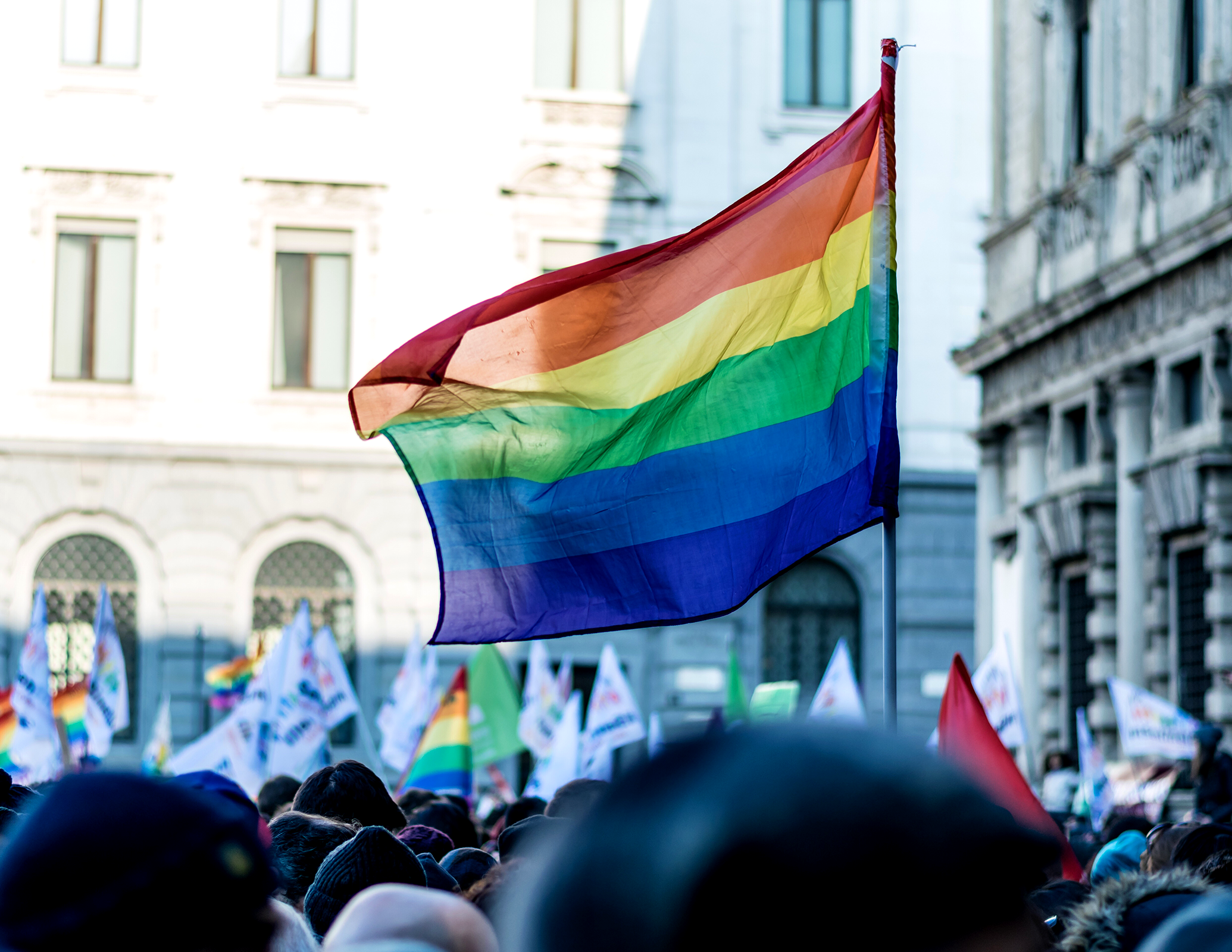Celebrating LGBTQIA+ Pride by Fostering Inclusivity in our Mental Health Care

Pride Month is a worldwide celebration of self, identity, love, and triumph over judgment and marginalization. Although celebrations and parades are held in cities across the world on different dates, the sentiment is universal: Freedom to be our authentic selves without shame or fear, and the right to equal treatment and representation. However, Pride Month is also a moment to stand together in solidarity and celebration and grow awareness of current issues that individuals with different gender identities face and ways that we can collectively progress
In our mental health care system, the Lesbian, Gay, Bisexual, Transgender, Queer/and or Questioning, Intersex, Asexual (LGBTQIA+) community represents a spectrum of gender identities, sexual orientation, and gender expression. In addition to this, each individual brings with them their own unique personal history in relation to their race, ethnicity, religion, upbringing and socioeconomic status. Taking all of these factors into consideration, it comes as no surprise that the distinct mental health needs of each individual in the LGBTQIA* community vary widely and depend on a number of intersectional factors. However, what all of these individuals have in common is the fact that systemic oppression often puts their mental health and well-being at risk.
Research indicates that members of the LGBTQIA+ community are especially vulnerable to suffering from mental health conditions. According to the National Alliance on Mental Illness (NAMI), adults in this community are twice as likely as heterosexual adults to experience a mental health condition. Similarly, transgender people are nearly four times as likely as cisgender people to experience a mental health condition. When left untreated and coupled with the discrimination and marginalization many in the community face, these conditions can worsen and pose greater risks.
This is not only true for LGBTQIA+ adults, but it’s especially important when considering LGBTQIA+ youth as they are a particularly vulnerable age group. Navigating the journey of adolescence is often accompanied by obstacles pertaining to self-discovery, growth and development. These times are significantly challenging for LGBTQIA+ youth who must also grapple with fears of family acceptance, stigmas, and rejection. Moreover, recent studies highlighted by The Trevor Project, the world’s largest suicide prevention and crisis intervention organization for LGBTQIA+ youth, have shown that LGBTQIA+ teens have higher rates of mental illness and suicide than cisgender teens.
These alarmingly high mental health and suicide rates in both adults and youth lead us to confront the glaring truth that although we have made strides in increasing accessibility and quality in our mental healthcare system, there is still ample room for improvement when considering our LGBTQIA+ community. We must work to break down barriers to treatment by ensuring that our mental health providers are properly trained and equipped to effectively treat and address the unique issues and challenges faced by both LGBTQIA+ adults and youth. It’s essential that we create a space for both adults and youth to be paired with the right mental health professional. We must also realize that finding the appropriate health professional is about much more than a diagnosis. In essence, the core of successful mental health care comes from the connection and trust established between the practitioner and client. LGBTQIA+ people are unlikely to fully reveal the seriousness or degree of their mental health challenges to doctors, counselors, and other mental health professionals who they do not feel are accepting of their identities. The possibility of being judged, misunderstood, and/or discriminated against is one of the main barriers to treatment for both LGBTQIA+ adults and youth.
It is the responsibility of the counselor to educate themselves and become clinically competent to better serve the LGBTQIA+ community. Creating inclusive LGBT-supportive training programs that are culturally competent is key to empowering our mental health care providers so that LGBTQIA+ adults and youth can feel comfortable seeking out the help they need. Additionally, when it comes to choosing a mental health provider, it is important to note that it should be treated with the same stringency and significance as pairing the adequate applicant to a particular job position. A good fit between client and counselor can make all the difference in receiving successful support and treatment.
Here are some key questions to ask as a member of the LGBTQIA+ community when considering the right mental health practitioner:
- How do you self-identify?
- What is your experience with the LGBTQIA+ community as a whole?
- What specific training and certifications relating to work with LGBTQIA+ clients do you have?
